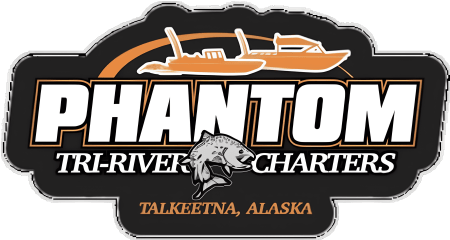Fishing in Alaska: What You Need To Know
Whether you’re an avid angler or a first-timer looking to try a new sport, preparation is the best way to get the most out of the experience. One of the most common places people go fishing is in Alaska. With over 12,000 rivers and 3,197 officially named natural lakes out of over 3 million lakes, Alaska is full of fishing opportunities. Here is what to know before planning a fishing trip to Alaska.
How To Get a Fishing License in Alaska
All residents above 18 years and non-residents 16 years or older must buy and hold a sports fishing license to participate in the fishing sport. There are several licenses available for residents and non-residents, disabled veteran residents, members of the military, and senior residents above the age of 60. There are three popular ways of getting your license.
- From an outdoor store
- On a guided fishing tour, your fishing guide can sell you one
- Online through the Alaska Fish and Game Department.
If you’re an Alaska resident, you can purchase the annual sport fishing license for $29. Non-residents can buy a single-day license for $25/day or a yearly non-resident pass for $145.
Fishing Regulations in Alaska
The Alaska Department of Fish and Game has a lot of fishing limits and regulations. These regulations vary depending on where you want to fish. Many people often seek to fish for the famous halibut or Chinook, which also comes with regulations. If you plan to fish salmon, you will need a unique stamp in addition to your permit.
The best time to catch the Alaskan Chinook is mid-May through to September. During July and December, you’re only allowed to catch one Chinook if it’s larger than 28 inches. You can catch up to three chinooks from April to June if the fish is more than 28 inches.
You can catch one halibut per day throughout the year so long as the fish is 38 inches smaller or 80 inches larger.
Saltwater Fish and Freshwater Fish in Alaska
If you’re a saltwater angler, you can fish for Chinook salmon, halibut, and rockfish. Freshwater enthusiasts can catch the rainbow trout, cutthroat trout, and Dolly Varden.
Top Fishing Spots in Alaska
Now that you already know about the licensing, regulations, and type of fish found in Alaska, your next part is knowing where to go fishing. Alaska is surrounded by rivers and lakes everywhere. That means you don’t need to go too far to find a perfect fishing spot. You can start by picking one of Alaska’s Department of Fish and Wildlife’s five regions.
For instance, you can head to the coastal towns like Juneau and Ketchikan in Southeast Alaska to catch salmon, lingcod, and halibut. Kodiak Island is an excellent place for anglers and world-class fishing for lingcod, rockfish, and halibut. If you enjoy some peace in the backcountry or remote destinations, consider fishing in Grayling, Char, Pike, and Clark lakes or the Susitna or Wood river regions.
Need More Guidance?
Let Phantom Tri-River Charters make your Alaskan fishing trip memorable and exciting. We also guide you on what to bring and help you fish a variety of salmon, including sockeye, chums, pinks, silvers, and kings. Contact us today!
